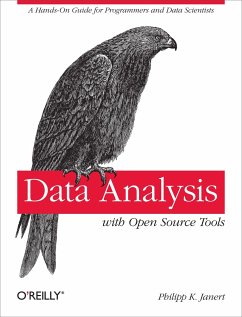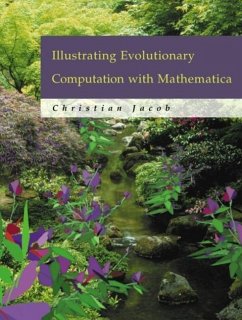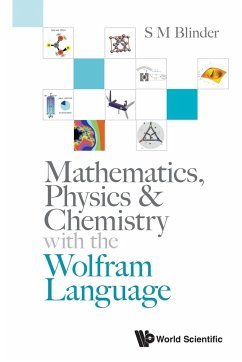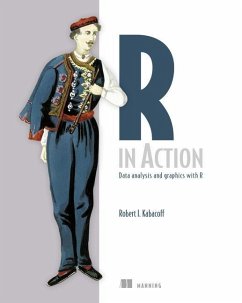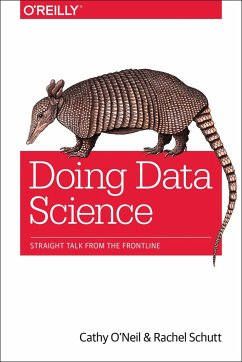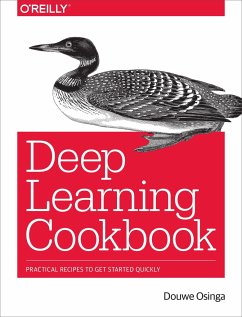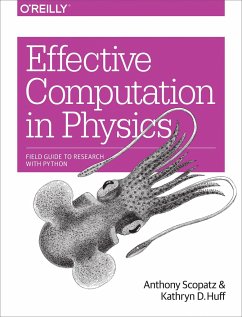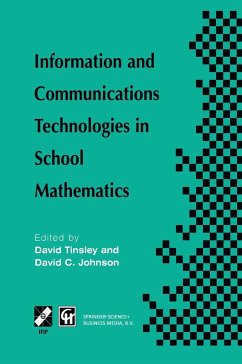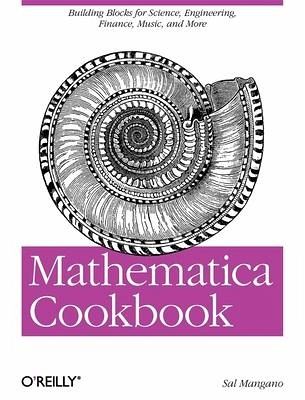
Mathematica Cookbook
Building Blocks for Science, Engineering, Finance, Music, and More

PAYBACK Punkte
30 °P sammeln!
As the leading software application for symbolic mathematics, Mathematica is standard in many environments that rely on math, such as science, engineering, financial analysis, software development, and many other fields. This cookbook provides practical solutions on a wide range of topics for anyone using this remarkable program. Whether you want to use it for high school algebra, PhD-level computation, simple graphs, financial analysis, or advanced engineering models, you'll find the recipes in Mathematica Cookbook extremely useful and informative.With key support from Mathematica's developer...
As the leading software application for symbolic mathematics, Mathematica is standard in many environments that rely on math, such as science, engineering, financial analysis, software development, and many other fields. This cookbook provides practical solutions on a wide range of topics for anyone using this remarkable program. Whether you want to use it for high school algebra, PhD-level computation, simple graphs, financial analysis, or advanced engineering models, you'll find the recipes in Mathematica Cookbook extremely useful and informative.
With key support from Mathematica's developer, Wolfram Research, this authoritative cookbook covers Mathematica 7, the major new release of the software, with recipes on three-dimensional imagining, audio processing, calculations from mathematics and physics, image processing, distributed computing, and much more from key people in the Mathematica community.
If you need a sophisticated tool with animation and interaction features for data visualization, or just want to play around with math in a visual way, Mathematica Cookbook is ideal for professionals and hobbyists from all walks of life.
With key support from Mathematica's developer, Wolfram Research, this authoritative cookbook covers Mathematica 7, the major new release of the software, with recipes on three-dimensional imagining, audio processing, calculations from mathematics and physics, image processing, distributed computing, and much more from key people in the Mathematica community.
If you need a sophisticated tool with animation and interaction features for data visualization, or just want to play around with math in a visual way, Mathematica Cookbook is ideal for professionals and hobbyists from all walks of life.




